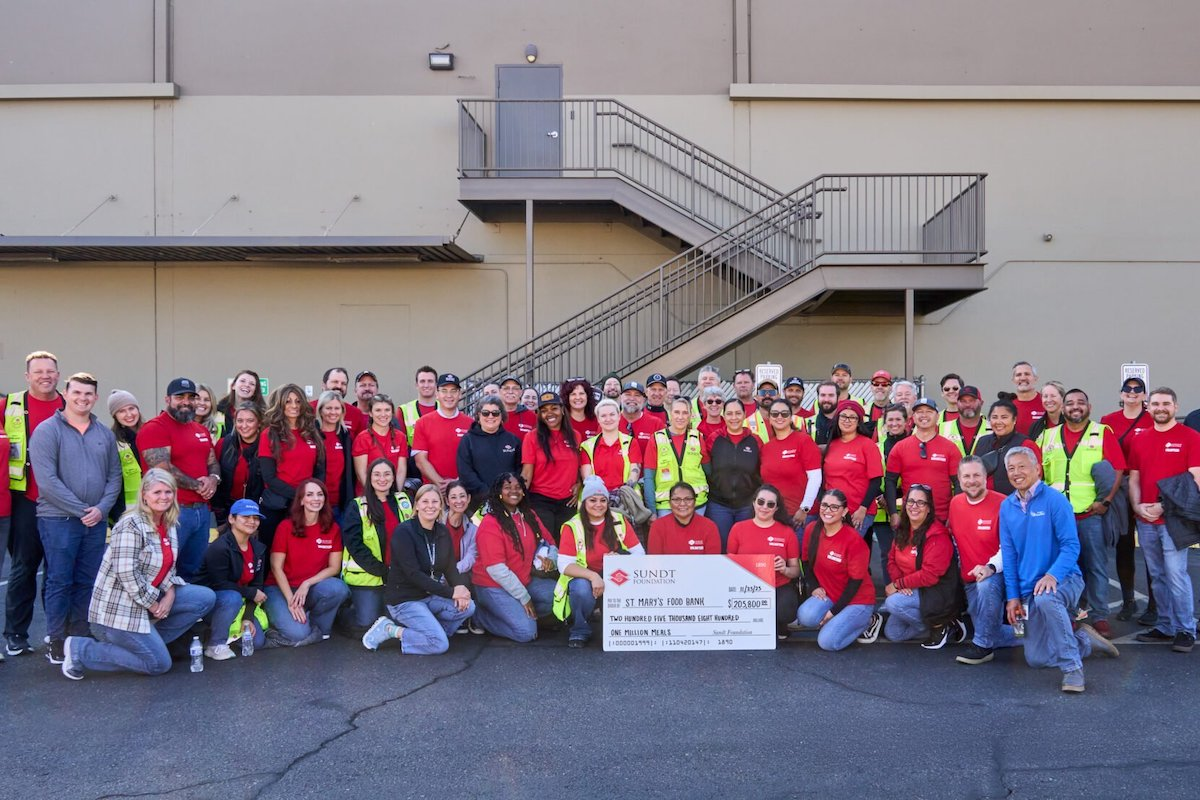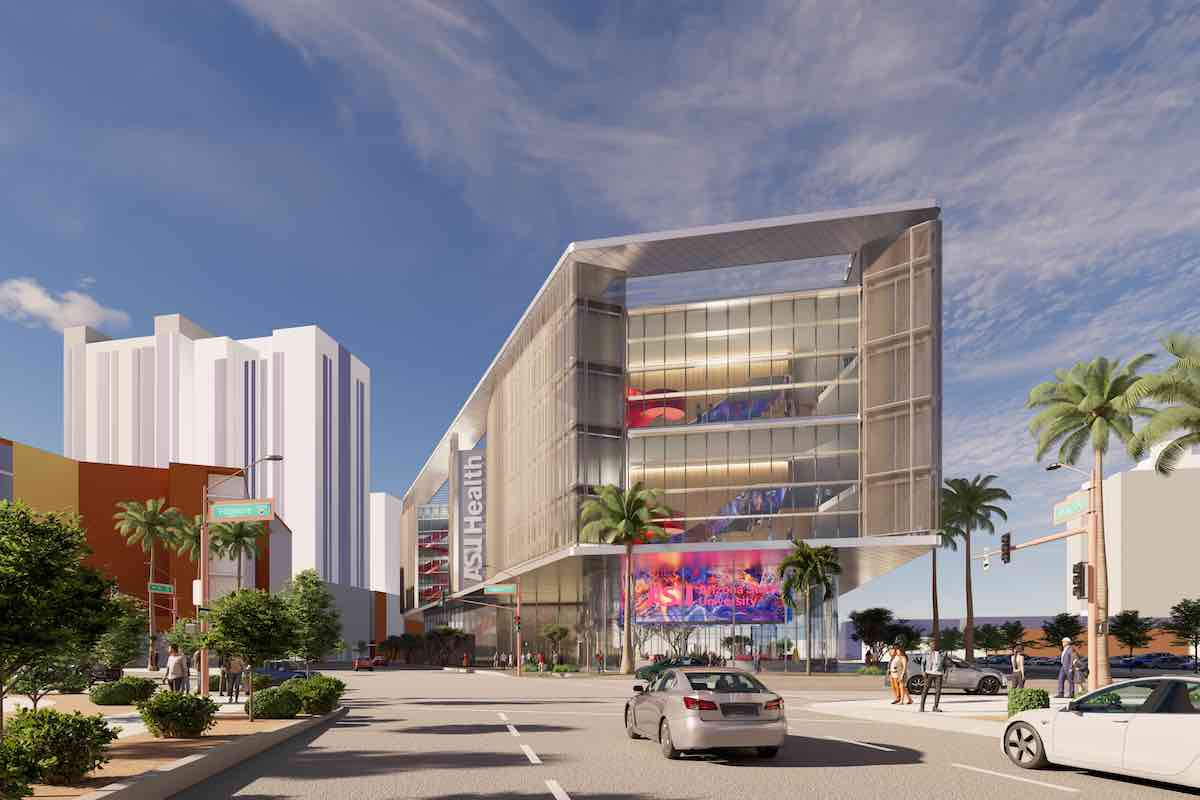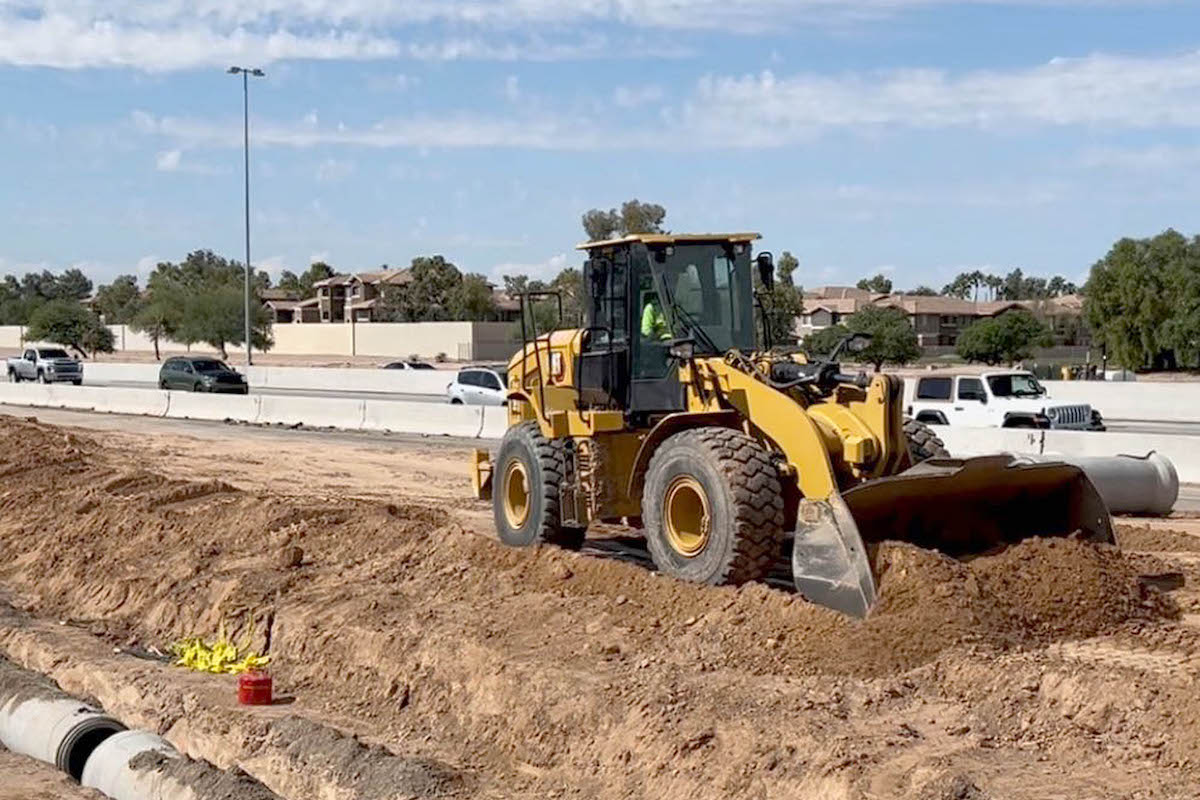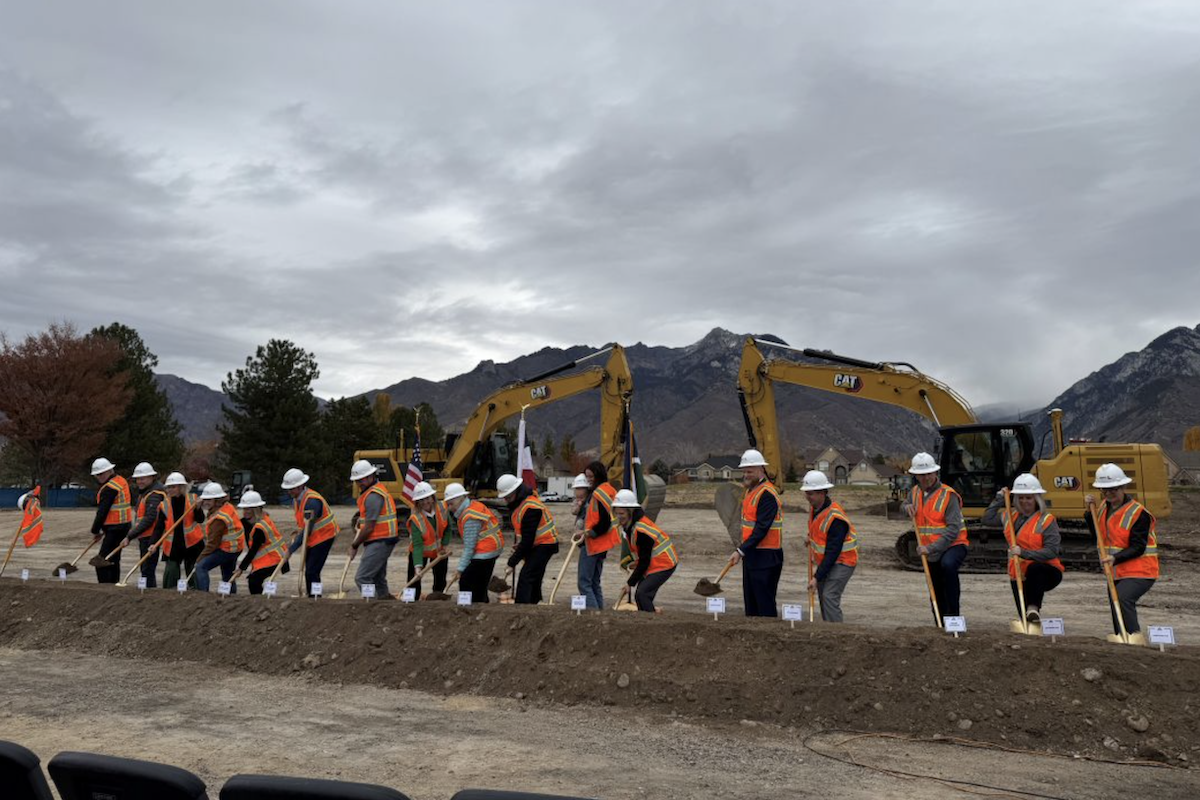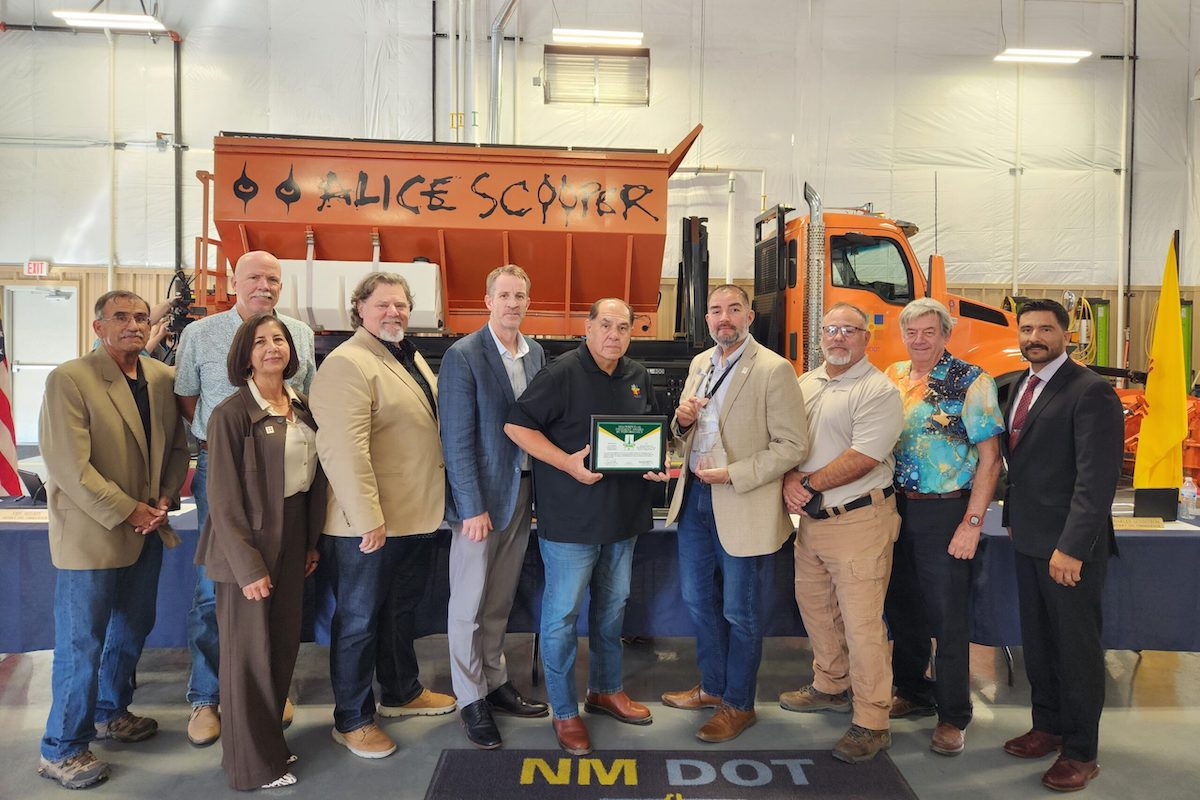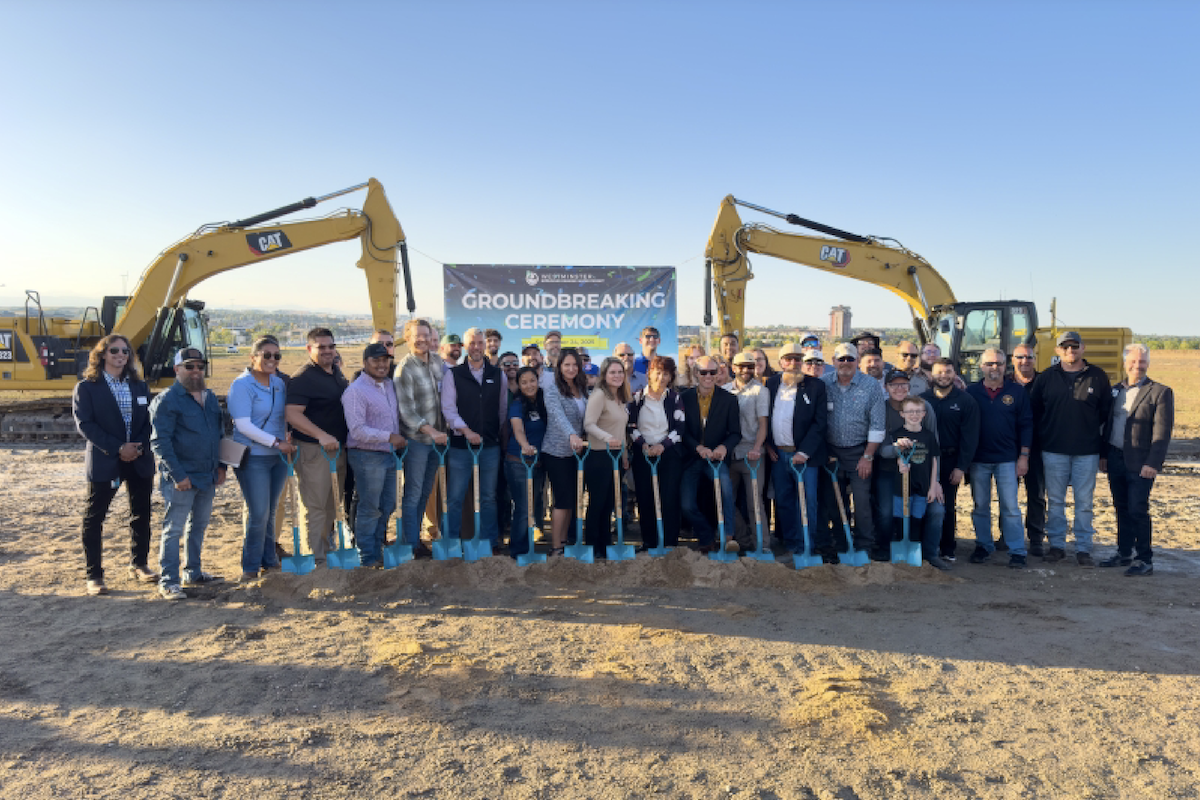A new policy paper from Aerospace’s Center for Space Policy and Strategy (CSPS) provides an overview of three project delivery types, current government policies on which to choose, and explores which delivery type is best suited for which kind of project. While the correct project delivery type can support the overall design and delivery of the project, the wrong project delivery type can result in significant cost and schedule delays and performance issues. To achieve the nation’s goals in space, relevant agencies and organizations need to be able to build a successful infrastructure on the ground; selecting the correct project delivery type is one of the most fundamental decisions of that effort.
While Design-Bid-Build (DBB) is traditionally the most common project delivery type, some state and federal agencies are beginning to more aggressively explore the potential benefits of Design-Build (DB) and Construction Management-At-Risk (CMAR) methods depending on the nature of the project. Each one results in variable outcomes in four areas:
- The number of contracts executed by the facility owner (i.e., the government agency)
- The roles and responsibilities of each participant in the facility project
- The point in which the contractor joins the project
- The ability to conduct design and construction activities simultaneously
When selected and implemented correctly, the project delivery type can support project goals and ensure a successful project is delivered on time and within budget. However, the wrong delivery method can negatively affect the cost and delivery schedule of a project, potentially delaying key parts of the new space enterprise.
If schedule and on-time delivery is of the utmost concern, DB and CMAR may be the best options. Both delivery types have the ability to combine design and construction phases, resulting in a shorter overall schedule. This characteristic can be beneficial for projects with a tight delivery schedule, such as the range control infrastructure needed to support an inter-planetary launch.

| Your local Volvo Construction Equipment dealer |
|---|
| Faris Machinery |
If budget control is the most important project goal, DB and CMAR may also be the best option. DB projects typically provide an early commitment to a guaranteed maximum price, which allows the government agency to start accurately budgeting for the entire lifecycle of the project. Similarly, the general contractor on CMAR projects provides a guaranteed maximum price before the design is complete, so the government agency has a good cost estimate during the early stages of the project lifecycle. For an experimental mission that is simply feeding into potential later missions, keeping a ground control station within budget may be more important than getting it done on time.
If a project is highly complex with multiple unknown design elements, DBB may be the best option. Because the DBB project delivery type follows a methodical, incremental process, it can help mitigate some of the risks associated with an uncertain project scope. This characteristic could be relevant for complex or unique projects with evolving mission requirements and unknown interfaces, such as the contamination control facility that will be needed to store the first rock samples gathered on Mars and test them for signs of ancient life.
There is no one perfect project delivery type, so it is important that government agencies are able to select the right project delivery type based on their specific project requirements, instead of being pushed into a one-size-fits-all option. As launch folks like to say, “The payload is important, but you can’t get there without the ride.” Similarly, while sending humans to Mars is exciting, this nation will never get there without a good terrestrial foundation. Improved understanding of project delivery types will result in more ground-based projects successfully contributing to the nation’s goals in space.
To learn more, download the CSPS paper at Aerospace.org.













